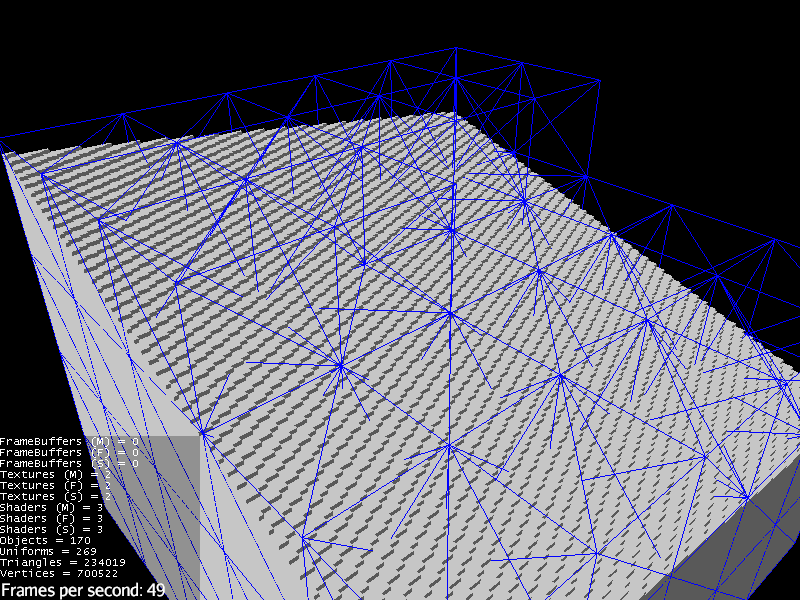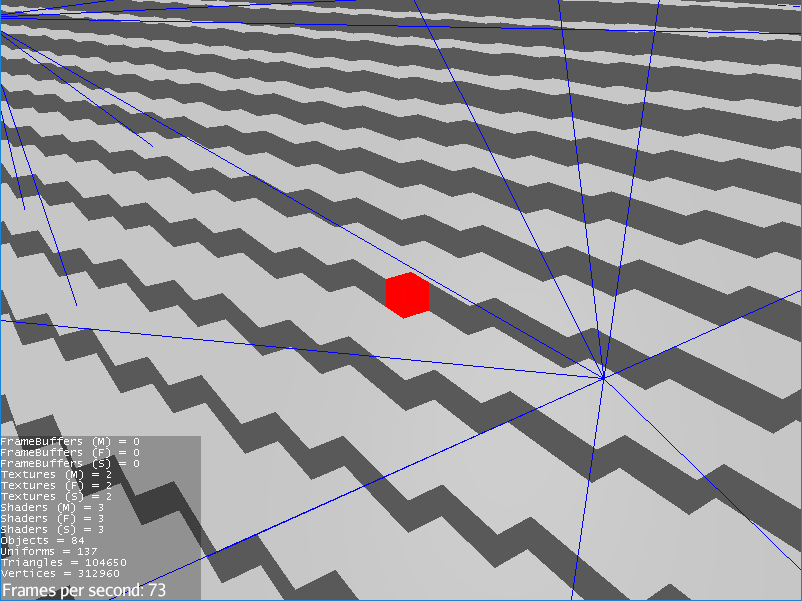Hello!
After the ceasing of my last project with a friend, we decided to part ways. He’ll continue to make professional indie games with either Unity or Unreal (he never really liked jMonkey  ) , whilst I’ll also do games meant to be professional but it’ll be more as a passion and less as a job, i.e. having no revenue won’t affect me.
) , whilst I’ll also do games meant to be professional but it’ll be more as a passion and less as a job, i.e. having no revenue won’t affect me.
He’s more of a gameplay developer, game designer, artist than me and I am best suited for game engine development, tools programming and back-end programming. That’s why I love jMonkey : it’s open source (I already modified the engine to suite my needs), it’s not too big (I mostly fully understand what I’m doing and how it will affect the program) and it is modular. What we found out that jMonkey 3.1 was lacking was a better support for assets (using the SDK is a pain in the ass) and support of multiple animations on shared bones. One thing that we also had trouble with but was not directly caused by jMonkey was the physics.
Everything is not lost, as we learned a lot during the development of our unfinished game. I developed an expertise with jMonkey, I dealt with automatic asset enum generation, I practiced my git skills (one rarely ever truly understands what he does in command line with git  , at least that’s how the people at r/programmerhumor think), I researched on procedural generation, I created my adaptation of the marching cubes algorithm, and so on. If you want me to enumerate more on what I’ve done and learned, please let me know. I just don’t want to spam the main post.
, at least that’s how the people at r/programmerhumor think), I researched on procedural generation, I created my adaptation of the marching cubes algorithm, and so on. If you want me to enumerate more on what I’ve done and learned, please let me know. I just don’t want to spam the main post.
So, what type of project will I be doing with jMonkey? Well, I thought of a colony simulation game. Think of Gnomoria, a game that is appreciated and yet frustrates people as it is filled with bugs and bad GUI. The main reason for this is that it is considered finished by its developer. I’ll try to make my own Gnomoria inspired game but without the bugs naturally.
However, I’ll be starting my cursus at Isart Digital in September. I was admitted in the 2nd year of Game Programming. I hope it’ll be fun, challenging but especially that I will learn a lot.
I hope you’ll be able to see me grow as a junior indie video game developer and also see my projects being realized 



